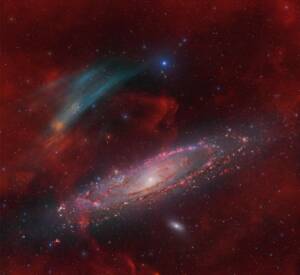
Discovery of the M31 [OIII] emission arc
Recently, a major discovery by an international team of amateur astronomers and scientists has become a huge online hit, and this new discovery is just located in one of the
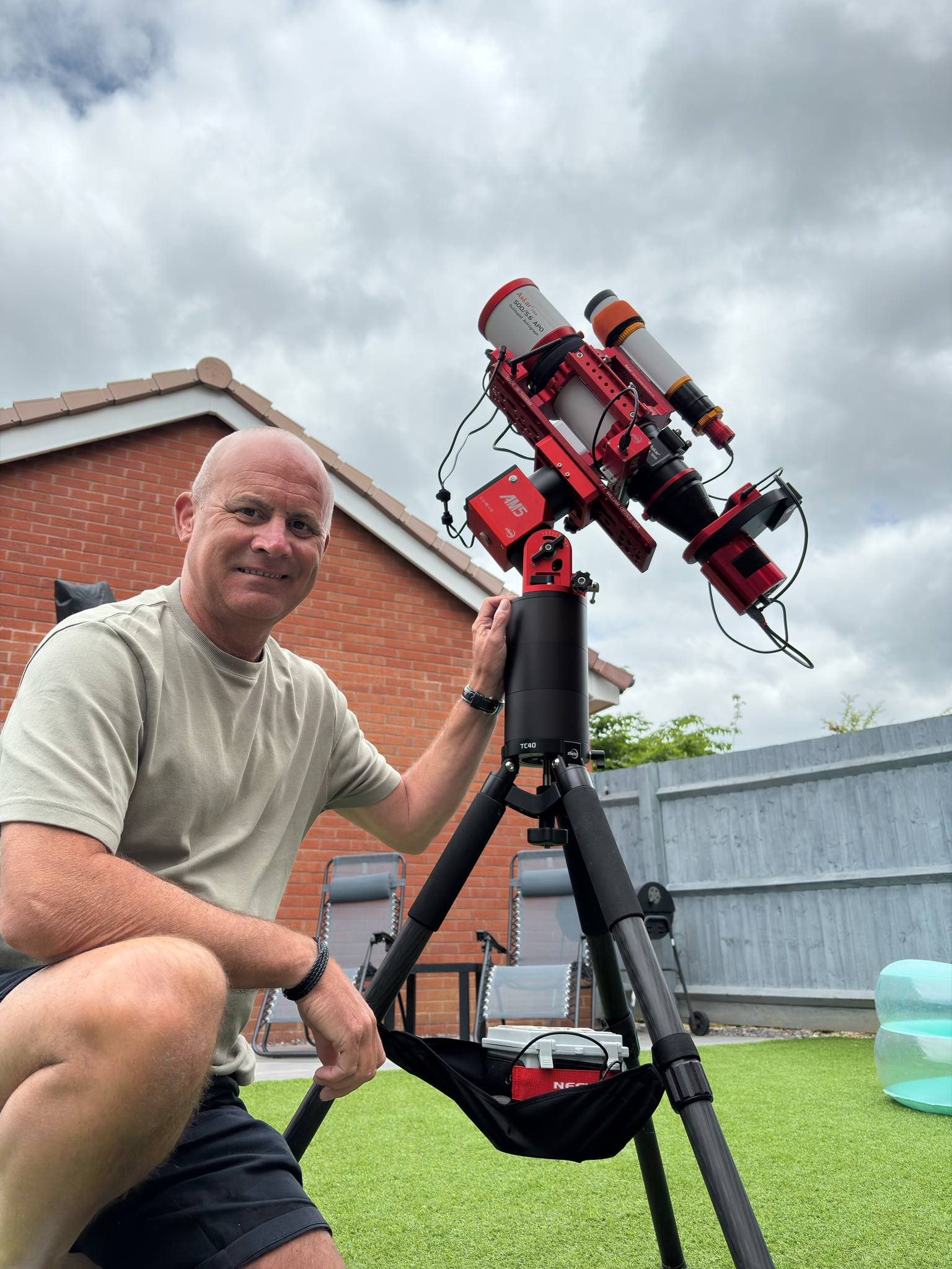
The first night began with the assembly of the imaging rig. The Askar FRA500, a quintuplet APO refractor with a 500mm focal length and f/5.6 aperture, was mounted securely on the ZWO AM5 harmonic drive mount. The ZWO ASIAIR Plus, acting as the command center, ready to handle plate solving, guiding, and image capture.
Tim attached the ZWO ASI2600MC Pro camera, a cooled APS-C sensor with a 26-megapixel resolution and a QE peak of 91%. Its back-illuminated sensor was crucial for maximizing signal-to-noise ratio in this Bortle 5 sky. The camera was set to -10°C to reduce thermal noise, with exposures planned at 300 seconds each. The ZWO EAF electronic focuser, controlled through the ASIAIR Plus, auto-focused after every temperature shift of 1°C to maintain pinpoint star sharpness.
The session started with a quick plate solve using the ASIAIR Plus, aligning precisely to M81 and M82. The guiding camera, an ASI120MM Mini paired with a 50mm guide scope, calibrated and locked onto a star. Guiding RMS hovered around 0.5 arcseconds, thanks to the precision of the AM5 mount’s strain wave gears.
Night after night, the routine repeated. Over the course of seven nights, the ASIAIR Plus captured 480 subframes, each 300 seconds long, for a cumulative exposure time of 40 hours. Gain was set to 100 maintaining a strong dynamic range. The ZWO CAA I recently purchased enssured multi-night session management giving accurate framing, preventing rotation drift between nights.
Finally, on the seventh night, the last subframe was captured. The ASIAIR Plus compiled the FITS files, and I transferred them to PixInsight for processing. Calibration began with the creation of master darks, flats, and bias frames. Dark frames, captured at -10°C with the same exposure length, effectively removed hot pixels and thermal noise. Flats, shot using a flat panel, corrected any dust motes, while bias frames mitigated sensor readout noise.
The subframes were then stacked using the Weighted Batch Preprocessing (WBPP) script, integrating 40 hours of data. After stacking, DynamicBackgroundExtraction (DBE) removed gradients caused by light pollution, and SPCC accurately balanced the colours based on M81’s stellar spectral profile.
The nonlinear stretch brought the galaxies to life – M81, its spiral arms rich with blues and purples, and M82, a vivid red with hydrogen-alpha emissions accentuated using a masked stretch. Noise reduction was applied using NoiseX, followed by a final star reduction with to emphasize galactic detail.
After forty hours of exposure and hours of meticulous processing, the result was a stunning composition – M81’s ethereal spiral arms and M82’s explosive starburst core.
Seven nights, one telescope, and a relentless pursuit of perfection under the stars.

Recently, a major discovery by an international team of amateur astronomers and scientists has become a huge online hit, and this new discovery is just located in one of the

1. How It All Began For Puig Nicolas, it all started at the age of 10 with a 60/700 refractor and a 114/900 reflector. His first celestial encounters — the
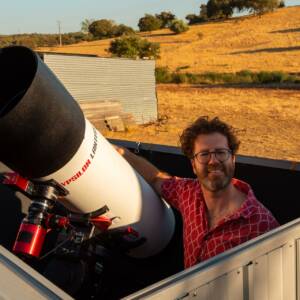
By day, David Cruz works as a digital designer. By night, he designs something far greater — images of the universe itself. “Since I was young, I was always interested
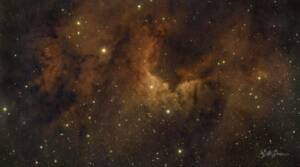
bbrown_admin, October 30, 2025 INITIAL IMPRESSIONS: The ZWO ASI585MC Air came well packaged from the manufacturer. The box is improved and has an impressive feel with a magnetic closure on
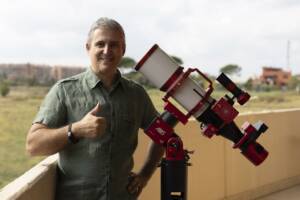
– Q3 ASIWEEK Winner Gianni Lacroce’s Astrophotography Journey Hi, I’m Gianni Lacroce, an Italian astrophotographer. My passion for the night sky began long before I owned a telescope or a
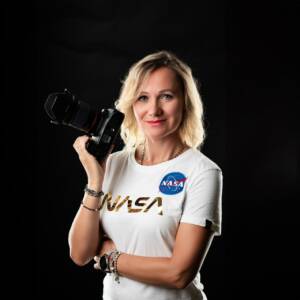
INTRODUCTION My name is Marzena Rogozińska. I live in Bytom (Poland) and work as a psychologist and pedagogue at two schools. I would like to thank you for honoring my